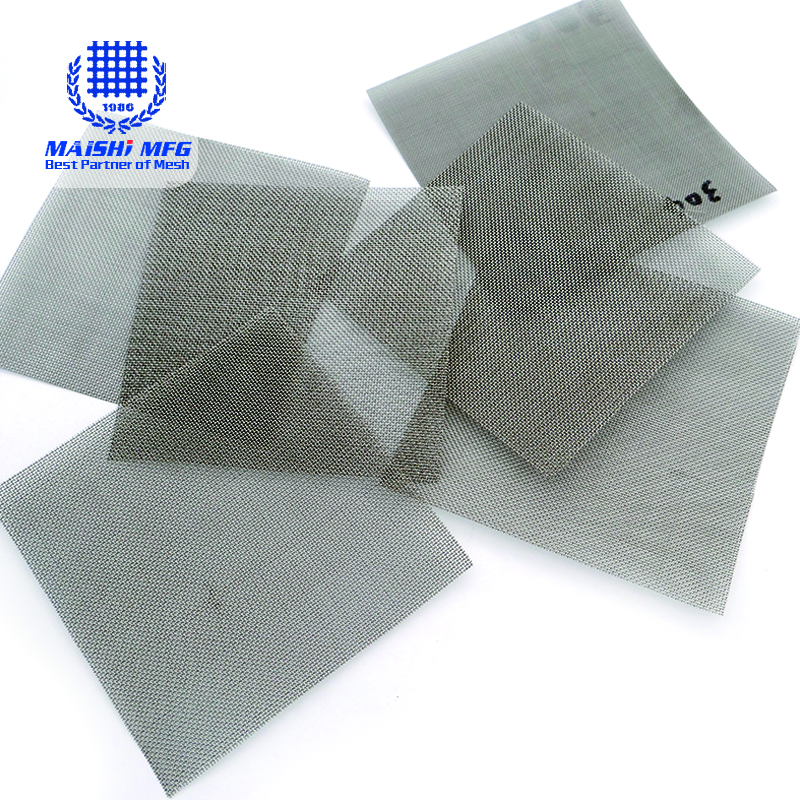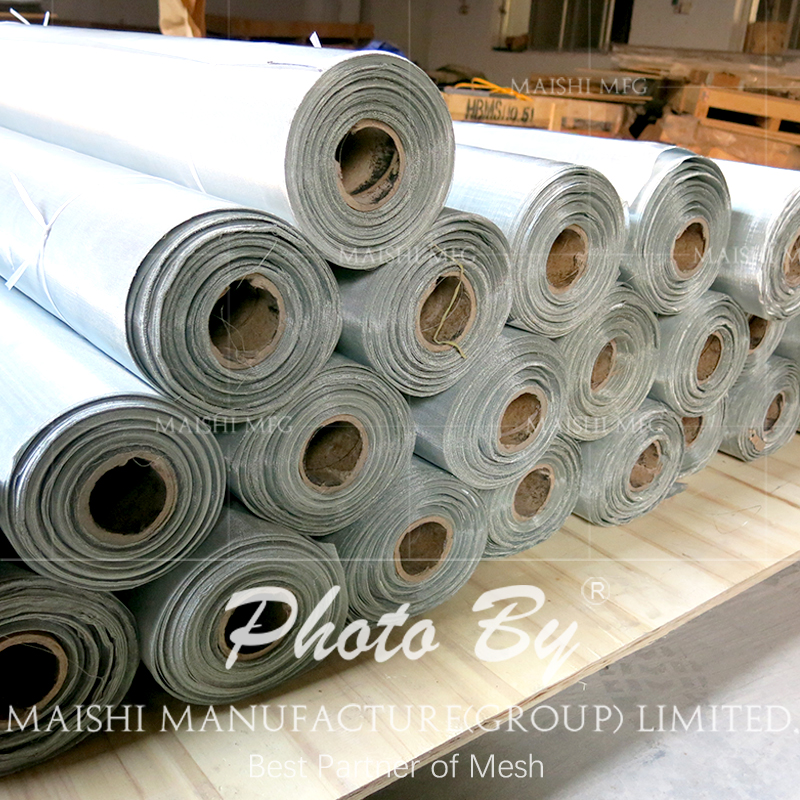 With the continuous rise of the domestic printing industry, the application range of screen printing is very wide. Screen printing meshs In addition to water and air, any object can be used as a substrate. Screen printing is an ideal printing method today. Stainless steel wire mesh products are also closely following the demand. When printing different media, use different specifications of stainless steel wire mesh.
With the continuous rise of the domestic printing industry, the application range of screen printing is very wide. Screen printing meshs In addition to water and air, any object can be used as a substrate. Screen printing is an ideal printing method today. Stainless steel wire mesh products are also closely following the demand. When printing different media, use different specifications of stainless steel wire mesh.
The stainless steel printing mesh belongs to the ultra-thin printing screen. The thickness of the screen is a decisive factor in controlling the amount of printing ink. Changing the thickness of the printing mesh on the basis of the original net is a very technical work in the post-processing process, mainly through the wire. Net calender rolling treatment. The rolling process is to improve the basic performance of the wire mesh, resolutely eliminate the deformation of the mesh, the thickness of the mesh surface is uneven, creases and other undesirable phenomena, and

the rolling process can also make the wire mesh more flat and bright (see Figure U2, stainless steel). Production process of printing screens The production process of stainless steel printing screens is as follows: stainless steel wire - microwire detection - full diameter - measuring tension - comprehensive - wearing - on the machine debugging a wire mesh weaving a product under the machine - detection a curing process - Comprehensive testing - packaging.
Features of stainless steel printing screens Stainless steel printing screens are resistant to acid, shatter, abrasion and tensile strength. In addition, they also have high tension, ultra high precision, low elongation, high yielding finished tensile test. Each batch of printing meshs must be produced with high resistance. Grinding, no static electricity, heat-resistant melting, solvent resistance and so on. Carry out the actual test of tension, batch sampling, statistics, comparison, and find raw materials and production factors.
More popular articles

Leave a Comment